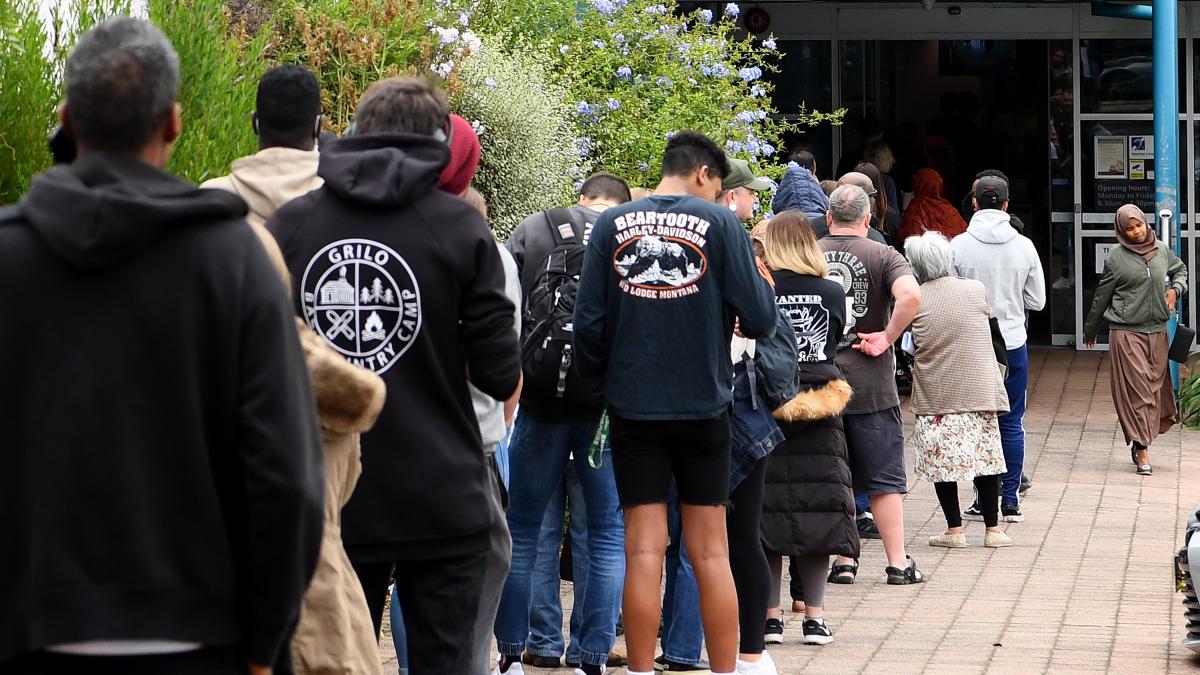
Centrelink is in crisis. If you’ve tried to call the service recently, there’s a chance nobody even picked up the phone at the other end. With the cost of living skyrocketing and inflation squeezing us for every last dollar, more people are in need of a safety net than ever before. And yet the federally-funded safety net is in total disarray.
What is happening at Centrelink?
The main issue right now is that nobody wants to work there. Up to 180 staff members are leaving every month, according to Centrelink deputy chief executive officer Jarrod Howard.
At a Senates Estimates hearing this week, Howard admitted that one in five employees did not recommend it as a place to work.
In response to the current staffing woes, Government Services Minister Bill Shorten announced an additional $228 million in funding, with the aim of hiring 3,000 more heads.
However, it’s unclear where those workers are going to come from. Simply, extra funding is not enough.
What went wrong?
Staff morale is the latest in a long chain of failures at the agency, even culminating in strikes last month. Workers said they were “overworked and underpaid”.
Services Australia, which oversees Centrelink, has faced multiple Senate Estimates hearings after failing to meet key targets.
The hearings, to put it bluntly, were a mess. The first hearing, which was held last month, went so poorly that the agency had to be dragged back for a second hearing this week.
Senior executives were accused of failing to answer “basic questions”, with Greens Senator Janet Rice letting them have it.
“I am disappointed that I haven’t been able to get the full data,” she said.
So what next?
That’s the big question. Shorten has already been accused of allowing the service to become a “basket case”, and his $228 million funding boost is looking to be throwing money at a problem without identifying the causes.
“It won’t fix the failures of Services Australia if [workers] are stressed and overworked and end up wanting to leave soon after they start,” Rice said
She said workers had essentially been used as a scapegoat for a failing government service.
It comes off the back of the illegal Robodebt scheme introduced in 2016, which was an automated debt assessment and recovery system that raised red flags from staff right at the very beginning.
The government eventually apologised for the scheme in August this year, after settling a class action lawsuit worth $1.8 billion.
Either way, answers are in demand as to why call wait times are climbing and payment processing times are lengthening, despite a fall in caller volume over the past year.
A recent relaunch of MyGov, an app combining various services including Centrelink, goes some way to fixing the issue, officials at this week’s hearing said, but without more staff and improved morale it can be safely assumed the problems are only going to get worse.



